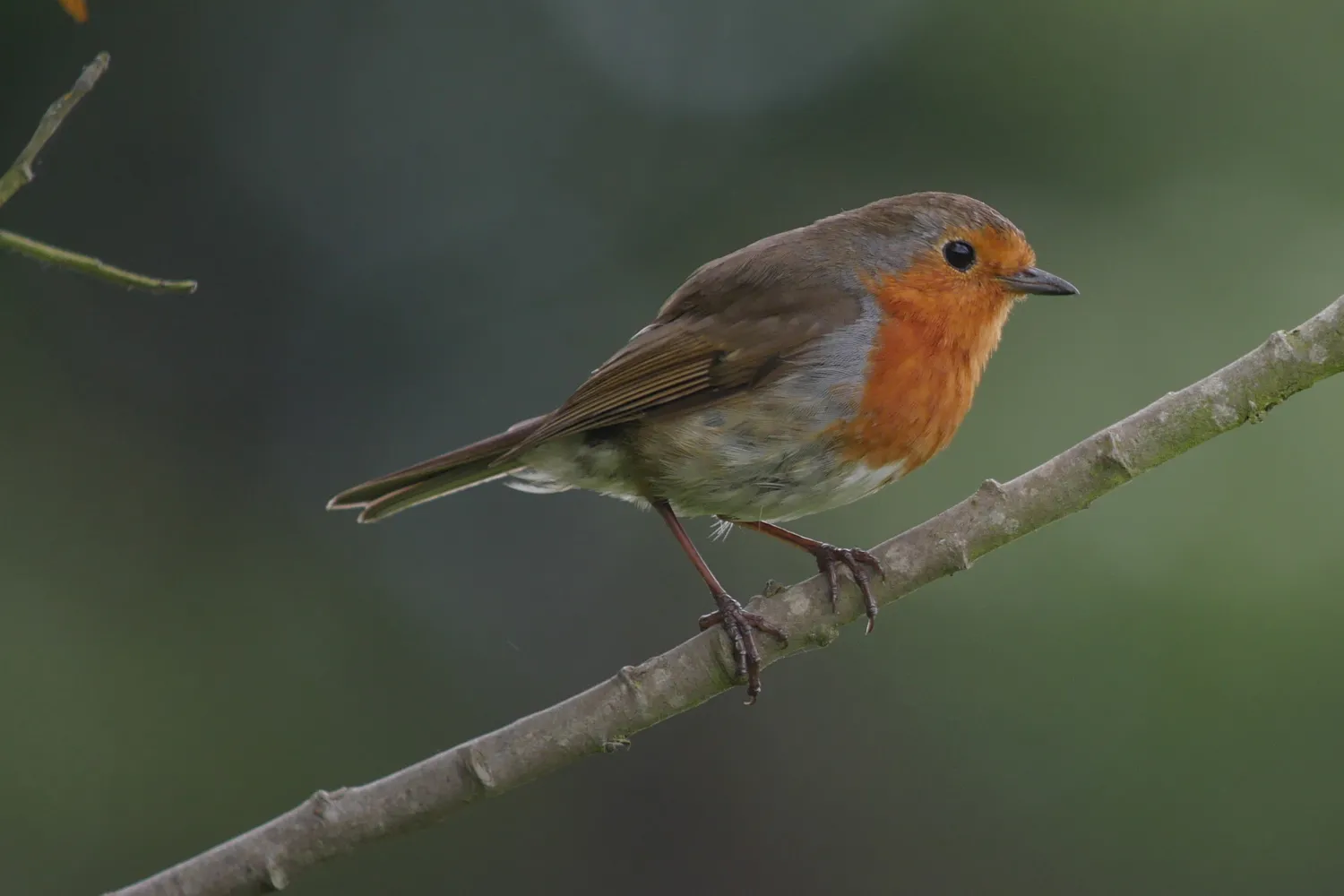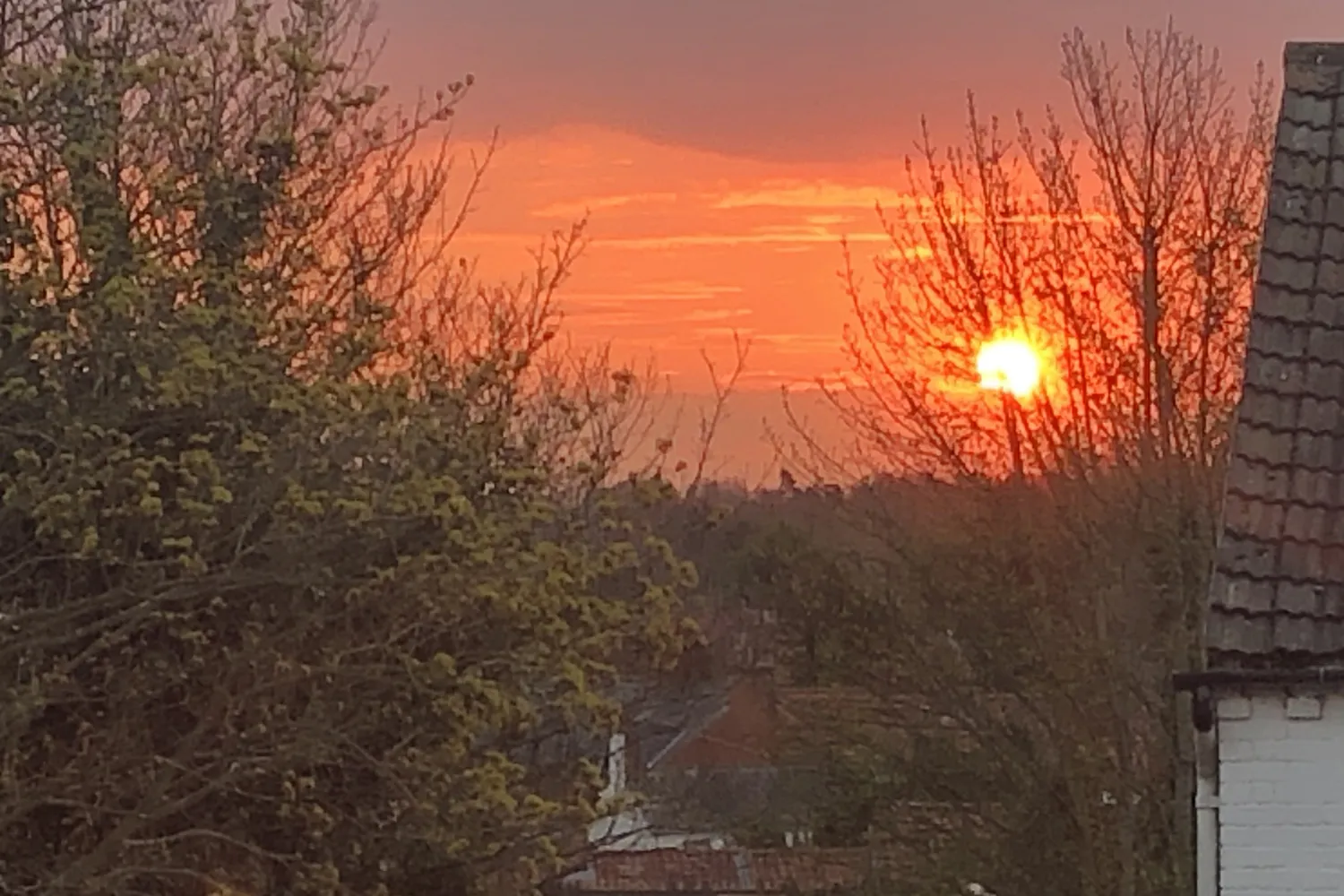Winter is not an easy time for birds. They need extra energy to keep warm, especially during long winter nights. To cope with this, small birds lay down extra fat reserves, though often only enough for a single night. Longer nights not only affect the amount of energy a bird uses, they also reduce the amount of time that birds can feed in. Birds, therefore, have to make the most of the daylight hours to replenish their energy reserves before it gets dark.
The 2004 BTO Shortest Day Survey investigated patterns in arrival times at garden bird feeders, and some of the factors shaping these. Building on these findings, the Early Bird Survey investigated what effect, if any, light may have on these patterns of arrival during a winter’s morning.
Methods
Starting before dawn, participants were asked to record the first occurrence of the bird species coming into their garden to feed. Arrival time, defined relative to the 'time of first light', was recorded for up to 10 species in each garden. 'Time of first light' was defined as the time at which participants could first see their garden feeding station from their observation point.
Participants were also asked to record the number of artificial lights within a 50 m radius of their garden. These included street lights, advertising signs, residential lights left on overnight and flood lights. We then examined the influence of articificial lighting on arrival times, controlling for other factors such as temperature and location.
Results
Data were received from 3,364 garden across the UK, together generating 20,204 species observations. The mean arrival times varied between species, with Blackbird (11 minutes after first light) and Robin (16 minutes) appearing significantly earlier than most other species, which occurred 20– 30 minutes after first light.
Across all species, birds arrived later into gardens where there was a higher number of artificial lights locally, suggesting that the presence of artificial light was not facilitating earlier foraging. Given that the BTO Shortest Day Survey and other studies have found arrival times to be limited by light availability, and that species with larger eyes arrive earlier, you might have expected the presence of artificial light to advance arrival times. That this was not the case perhaps points to the role of other factors, such as local temperature and predation risk.
This study demonstrates that citizen science can be a valuable tool for addressing ecological questions and reveal broad patterns, in this case by allowing near-simultaneous observation of birds foraging at a landscape scale.
Outputs and outcomes
The study was written up as a peer-reviewed paper, and articles were also shared with Garden BirdWatch participants through their quarterly magazine Bird Table. Wider context on the findings can be found in the papers published from the BTO Shortest Day Survey.
Artificial lighting and arrival times

